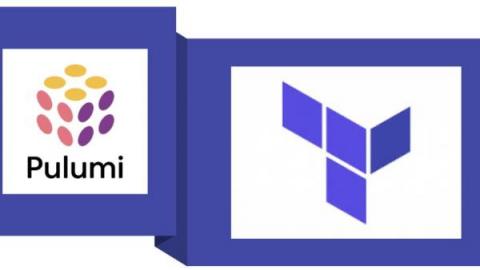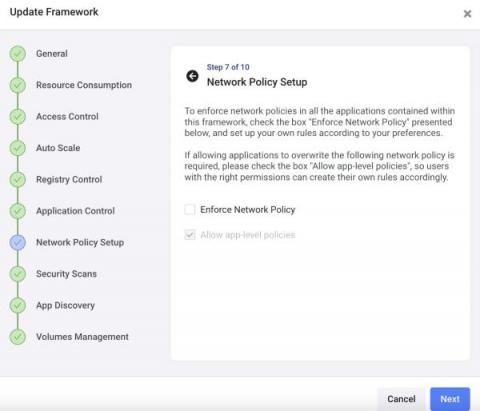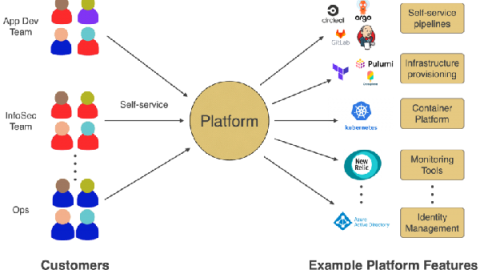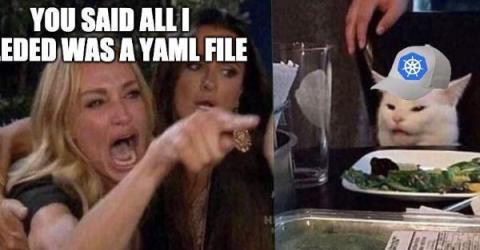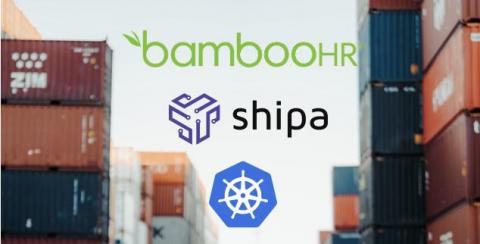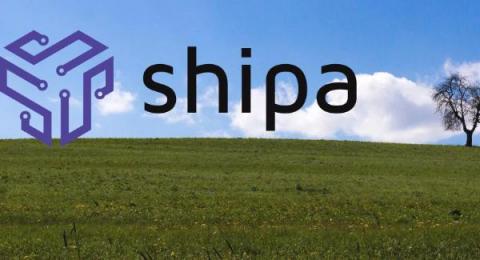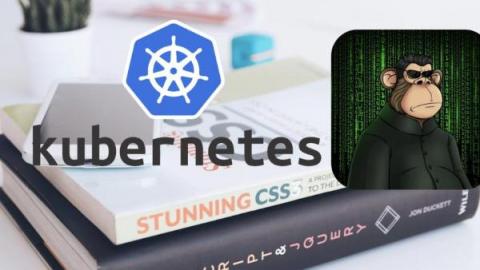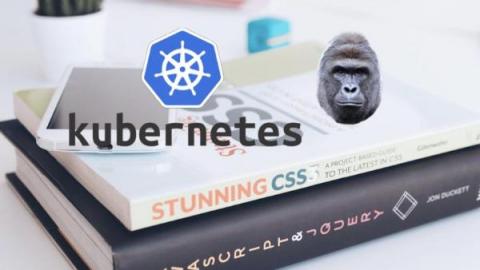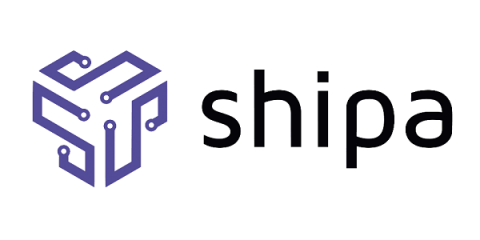Pulumi or Terraform for applications? Maybe, both?
Cloud-native is an evolving architecture. Existing vendors will keep on evolving their offerings and different teams inside your organization should be able to use the tool that will support them better in delivering their desired outcome fast. By implementing a standard application layer, you enable teams to adopt what works best for them while the DevOps team can focus on adopting the infrastructure components they believe to be best to support their organization.


